Table of Contents
Whether photography is your hobby or you just want to take better landscape photos with your phone, here are a few tips I have gathered that can help you improve your landscape photos.
Golden and Blue
One of the hardest parts of landscape photography is finding the right light. Unfortunately we can’t control the sun or the weather, so the trick is to capture your photo when the sun is casting the best light on your location. Often this is during “golden hour” or “blue hour.” Golden hour is sunrise and the hour after as well as sunset and the hour before, when the sunlight casts long shadows and warmer light. Blue hour is the hour just before sunrise and just after sunset, when the sky is a dark blue, but often still light enough for most modern cameras to get a decent exposure.
I’ve always found it worthwhile to get up before the sun to capture the first light of day. There are a lot of good apps for tracking the sun. I currently use SunSurveyor, which has a free version and a more feature-rich paid version.
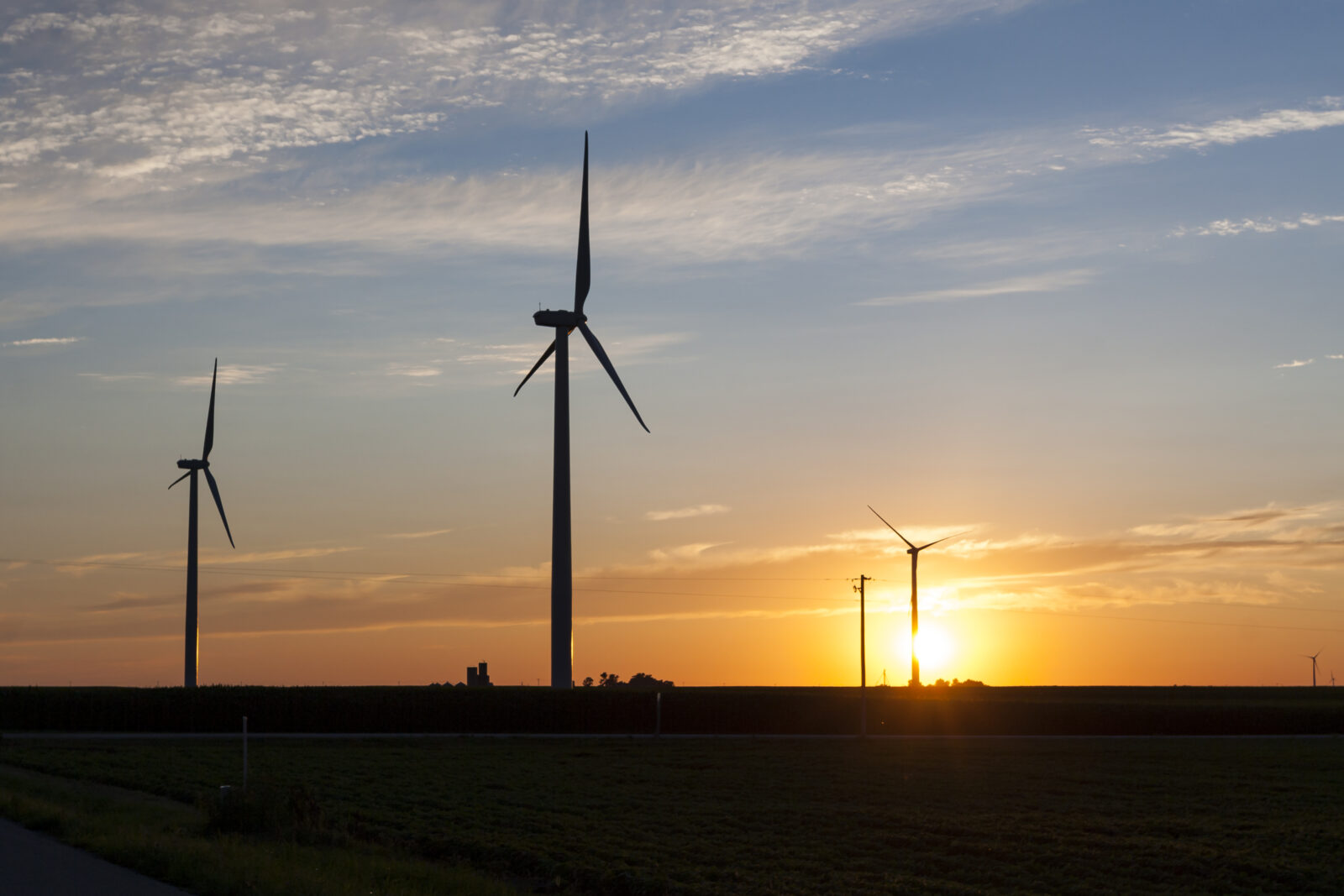
A golden hour photo, taken just before sunset.
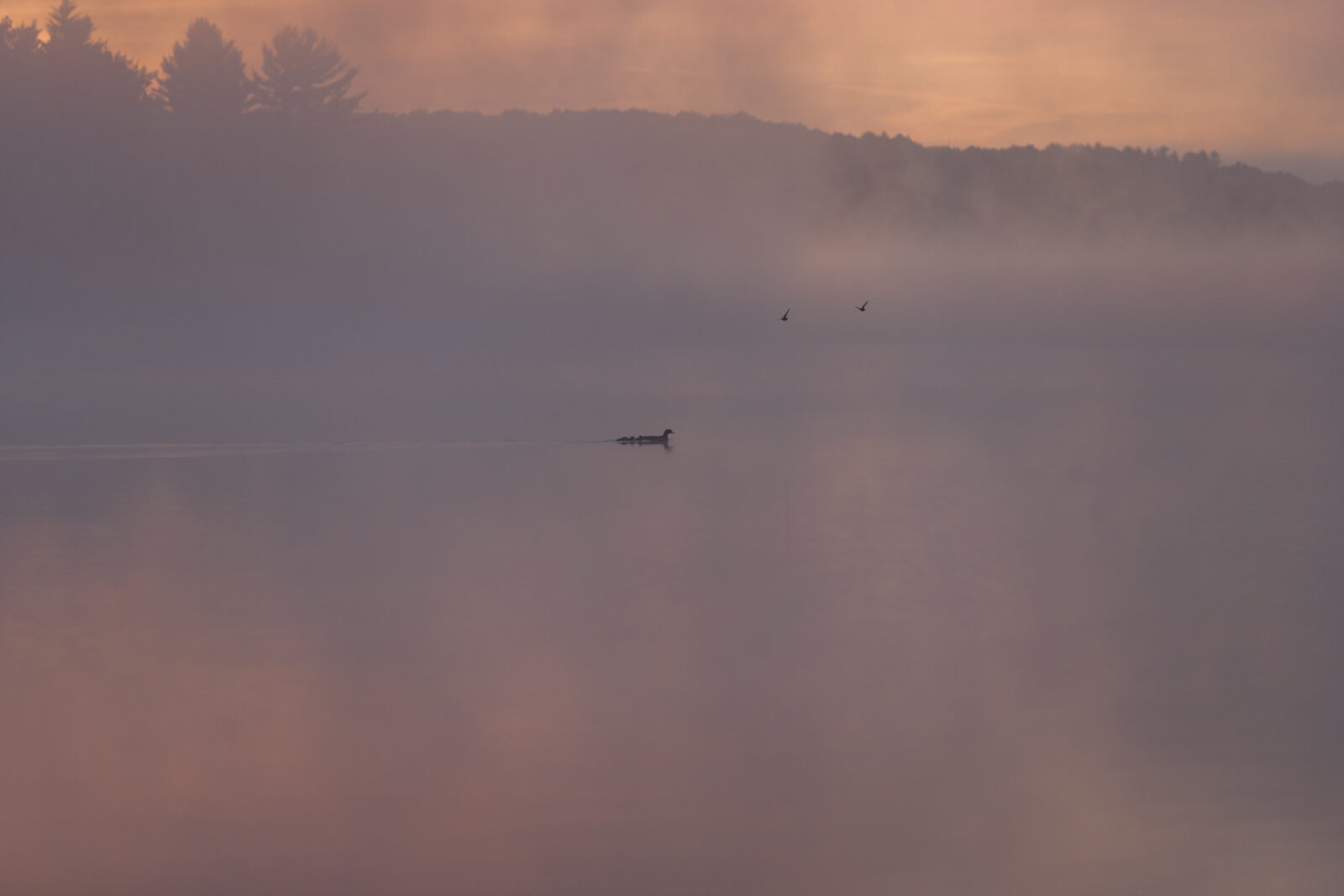
A photo taken at blue hour, just before dawn.
Solitude
Often (but not always!) landscapes are best when there aren’t many people around to interrupt your photography or get in the scene you’re trying to capture. Especially in areas with a lot of tourist traffic, finding times when there are fewer people around can often help you get a better shot.
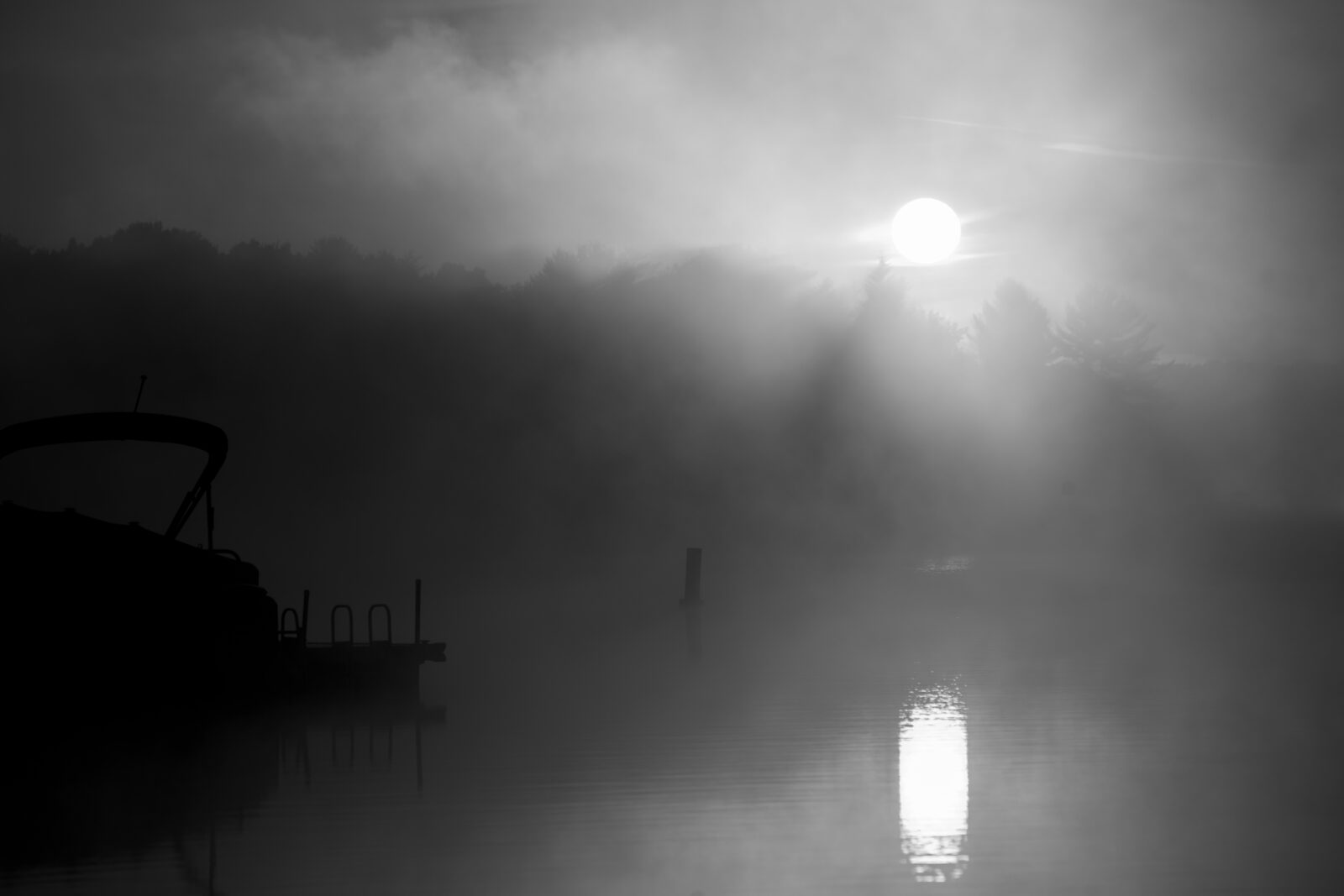
This photo was actually taken in the same place as the blue hour photo above, but about 40 minutes later and from a slightly different perspective. I love how the mist is highlighted when the photo is in black & white. I don’t think it would have had the same eerie feel with people in the frame.
Again and Again
One of the coolest parts of landscape photography is how things can change from day to day or month to month. The weather, the seasons, the elements in the composition—each variable can make a whole new photograph out of the same location.
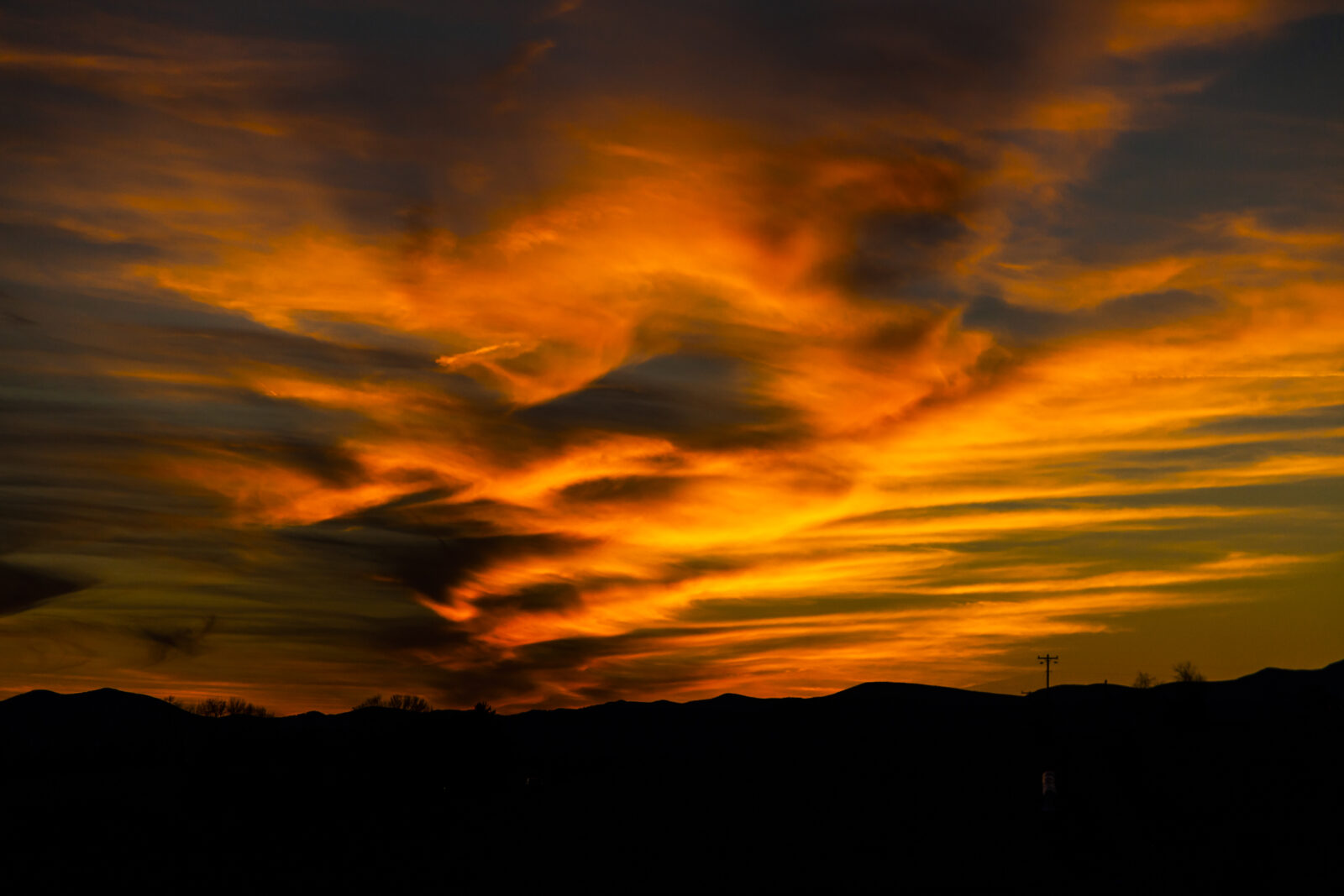
This is a place I pass weekly on the way to my sons’ babysitter. I’ve taken lots of photos at this spot, but this is the one that really knocked my socks off.
Stability
Landscape photography is almost always best when your camera is stabilized—whether it’s a sturdy photo tripod, a small pocket tripod for your phone, or simply propping your camera on something stable like your car. Any small movement from your hands touching the camera or phone can translate to a less sharp image.
Additionally, triggering the shutter without touching your phone or camera is key. Consider using a remote shutter, a timer on your shutter, or even using your phone’s headphones to take your photo.
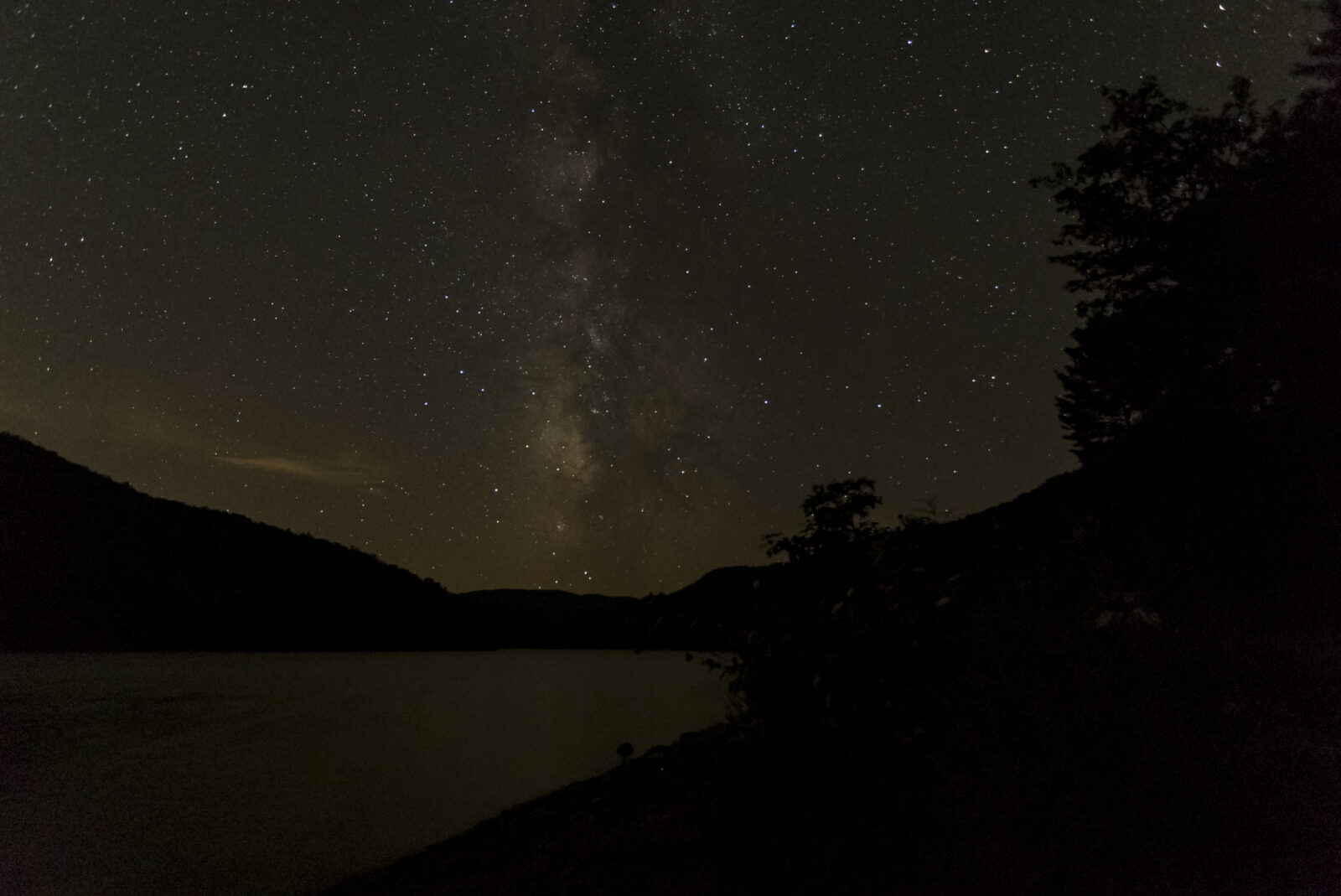
In order to get enough light for this shot, I had to use an 8-second exposure. This meant I had to keep the camera steady for that entire time to get the stars in focus so I opted for a tripod.
Social Media Inspiration
I have found that Instagram and YouTube can be great sources for inspiration, photography tips, and sources for developing your own personal taste. Look for photographers whose work inspires you. This is unique to everyone, but here are a couple I’ve enjoyed recently:
The internet can be a double-edged sword, so be sure you don’t let social media convince you that your work isn’t good enough! Any skill requires practice and time to get better, so focus on new things to try and new locations to visit rather than feeling like you don’t measure up to what you see online.
The Best Camera
The best camera is (drumroll…) the camera that you have with you! A breathtaking vista doesn’t care if your camera is a phone, a 10-year-old DSLR, or the newest fancy mirrorless camera. If you take the effort to find the right shot and you’re skilled with the camera that you have, you will get great results.
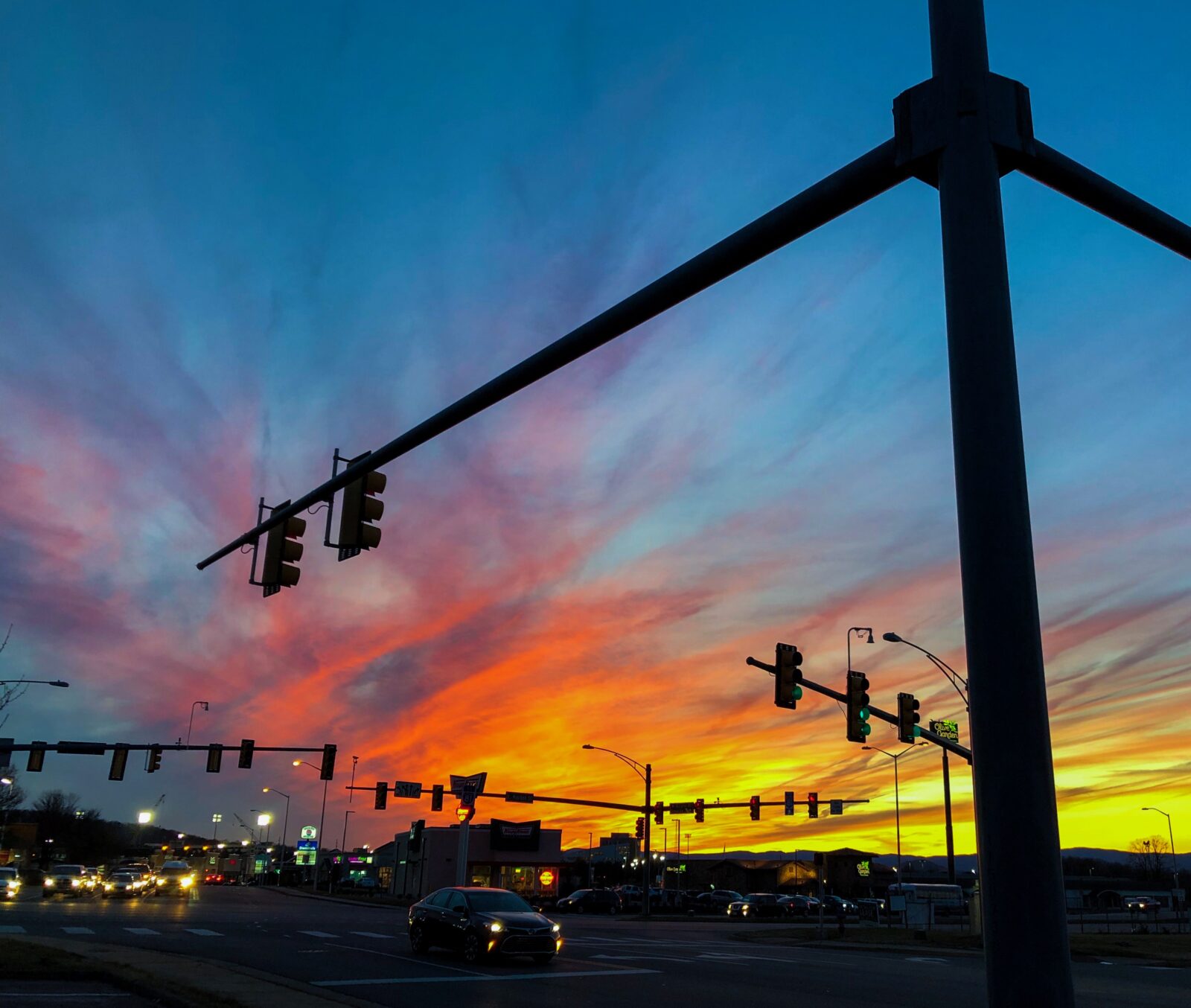
Here’s a quick shot I took with my iPhone before dinner. Can you guess where I am in Harrisonburg?
Ditch the Wide-Angle Lens
For those of you who do have a DSLR, shift your mindset away from the urge to capture the whole breathtaking landscape before your eyes in one wide photograph. An impactful tip that shifted my photography in recent years was capturing great landscape photographs with a telephoto lens, forcing me to intentionally compose a frame with specific elements of a landscape.
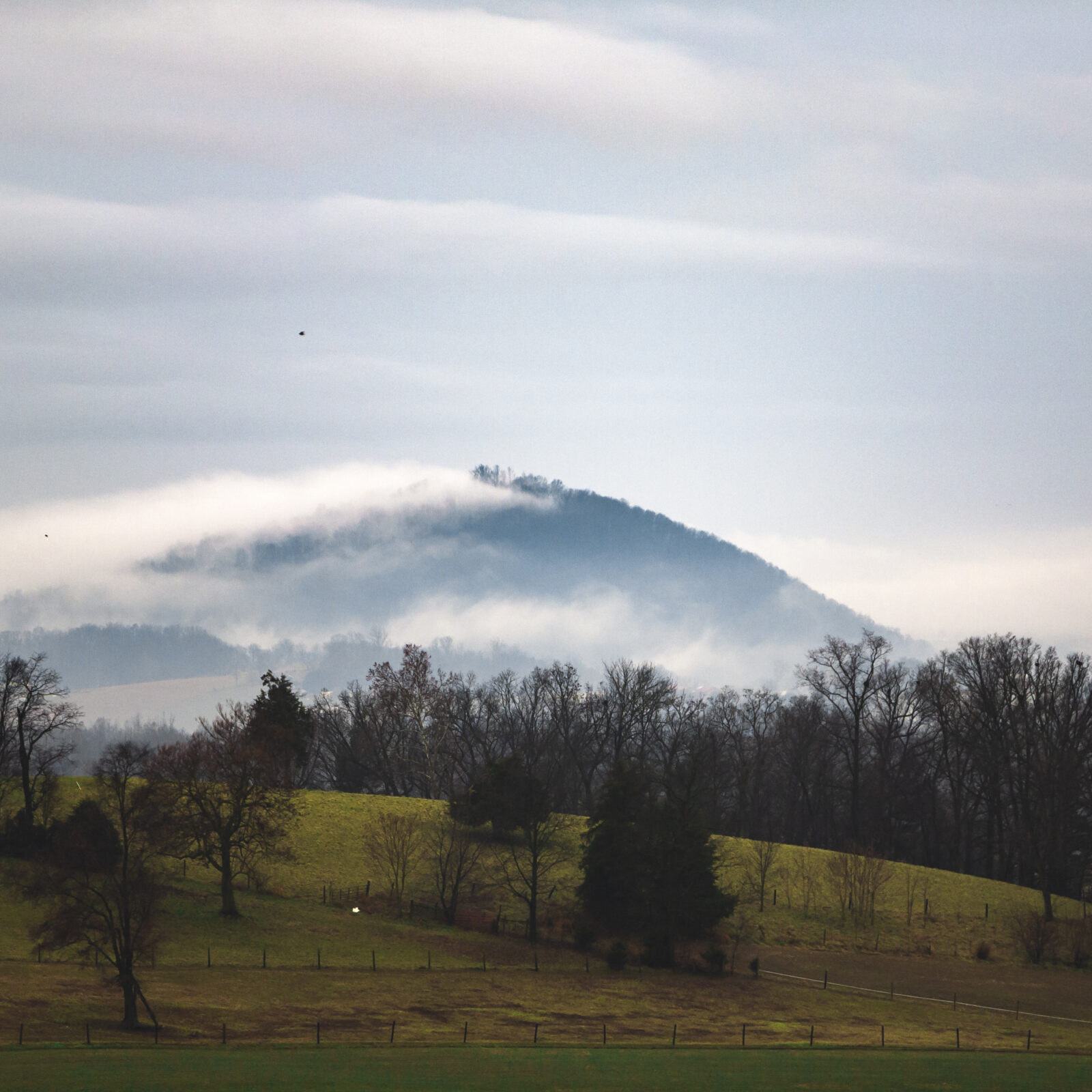
This shot was taken with a 200mm lens out in Rockingham County.
For me, landscape photography has become an especially inspiring genre to explore, and I hope these tips give you a few new tricks to try on your next photo excursion!
